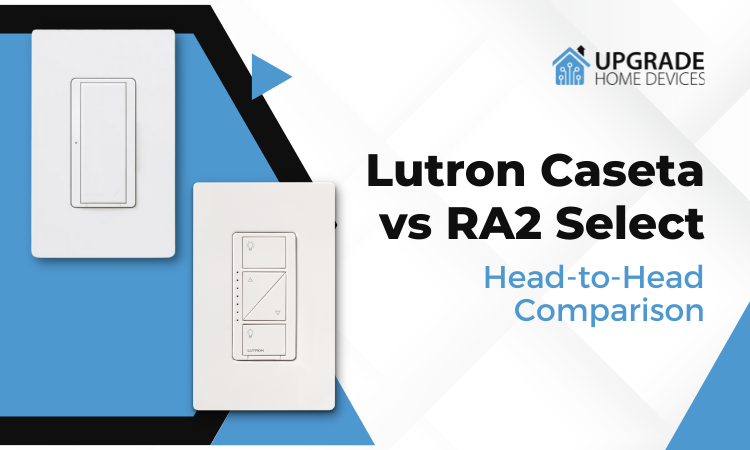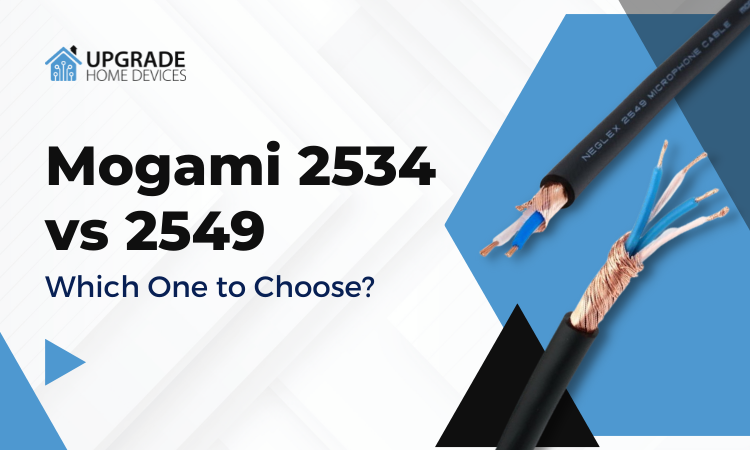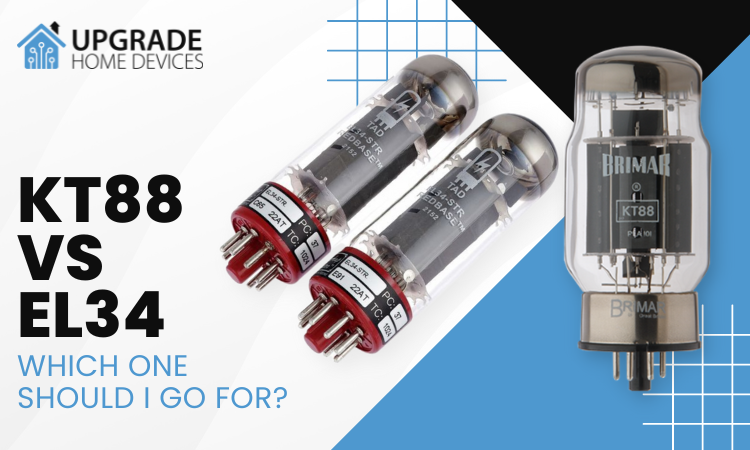Thermafiber vs Rockwool [Ultimate Comparison 2023]
Hey there! This post contains affiliate links to products. We may receive a commission for purchases made through these links. But it never influences our product selection process.
When it comes to insulating your home or commercial space, mineral wool is a great choice. And, when it comes to mineral wool insulation, you can’t just ignore Thermafiber & Rockwool. They are amongst the most prominent in this industry.
So, who is better between Thermafiber vs Rockwool?
Thermafiber has a wider thermal resistance range & higher heat resistant capacity compared to Rockwool. Also, Thermafiber performs better in sound insulation and absorbs less water than Rockwool. One of the important factors is that Thermafiber is more nature friendly and cheaper than Rockwool.
Don’t stress out. We will explain the best option based on multiple factors along with their numerical values. This will help you make the best choice for your specific needs.
So, how to choose the best mineral wool insulation for your needs? To know that, stay with us as we compare them.
Thermafiber vs Rockwool (Brief Comparison)

Whether it’s a comparison between Leviton and Legrand or Thermafiber vs Rockwool, we need some criteria.
We will compare Thermafiber and Rockwool based on 8 key criteria.
Note that, Thermafiber & Rockwool, both brands have their own product lines with different specifications.
Hence, we chose only the mineral wool product line from each brand to compare. This is the category where the products are most similar.
So, let’s first look at the core features of the products and see how they differ.
| Features | Thermafiber (Mineral Wool) | Rockwool (Mineral Wool) |
| (R-Value) Thermal Resistance (Higher is Better) | 3.7 – 4.2 | 4.1 – 4.2 |
| Density (Higher is better) | 40 Kg/m3 – 128 Kg/m3 | 40 Kg/m3 – 140 Kg/m3 |
| Heat Resistance (Higher is better) | Up to 1,093°C (2,000°F) | Up to 1,000°C (1,832°F) |
| (NRC) Noise Reduction Coefficient (Higher is better) | Up to 1.20 | Up to 1.05 |
| Water Absorption Rate (Lower is better) | 0.03% – 0.05% | 0.1% |
| Cost | Less Expensive | More Expensive |
| Installation | Easier at the corners | Easier at flat surfaces |
| Recycled Content % ((Higher is better) | Up to 75% | Up to 12% |
The table here shows the results of the comparison between Thermafiber and Rockwool as a whole. You may find it a bit difficult to understand.
No worries. We have done our best to make it easy to understand in the next section.
Thermafiber vs Rockwool (In-Depth Comparison)
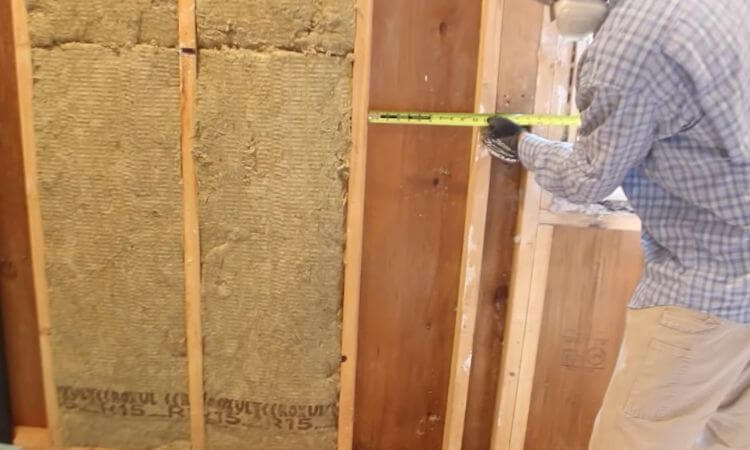
Thermafiber & Rockwool both have a wide variety of product lines. Both of them are market leaders in the mineral wool industry and compete for neck-to-neck.
So, let’s look at how they compete in real life in detail.
Thermal Resistance:
Thermal resistance indicates the resistance capacity of the products. The more resistant a product is, the better it would perform in thermal insulation.
So, which one is more thermal resistant between Thermafiber and Rockwool?
Well, Thermafiber & Rockwool both have a maximum thermal resistance value of 4.2. But, as you can see, Thermafiber has a minimum value of 3.7. So, you get cheaper options with Thermafiber.
But, you may need to compromise on the thermal insulation if you want to save money here.
Winner: Thermafiber
Density:
Density is the measure of the weight of the product for a certain volume. The higher the density, the heavier the product.
Rockwool has a higher density range, from 40 Kg/m3 to 140 Kg/m3. And it has a higher maximum value of 140 Kg/m3 than Thermafiber’s 128 Kg/m3.
Hence, Rockwool should be your go-to option if you want a heavier product.
Winner: Rockwool
Heat Resistance:
Heat resistance indicates the ability of the product to withstand heat. It helps to reduce the risk of fire hazards.
Now, like thermal resistance, is Thermafiber more heat resistant than Rockwool?
Yes. Thermafiber can withstand heat up to 1,093°C. Rockwool, on the other hand, can withstand heat up to 1,000°C.
Although Thermafiber has a bit higher heat-resistant capacity than Rockwool, the margin is negligible. Hence, you can choose any of them for the same purpose.
Result: Tie
Noise Reduction Coefficient (NRC):
Noise reduction coefficient is another vital factor for mineral wool products.
Noise reduction coefficient represents the number of sound waves a surface can absorb. The higher the noise reduction coefficient, the lower the noise will get through the product.
So, can Rockwool absorb more sound than Thermafiber?
Well, the maximum NRC values of Thermafiber and Rockwool are 1.20 and 1.05, respectively.
As you can see, Thermafiber has a higher NRC value. That means Thermafiber performs better in sound insulation than Rockwool.
If you’re concerned about sound insulation, Thermafiber will get you through the job with ease.
Winner: Thermafiber
Water Absorption Rate:
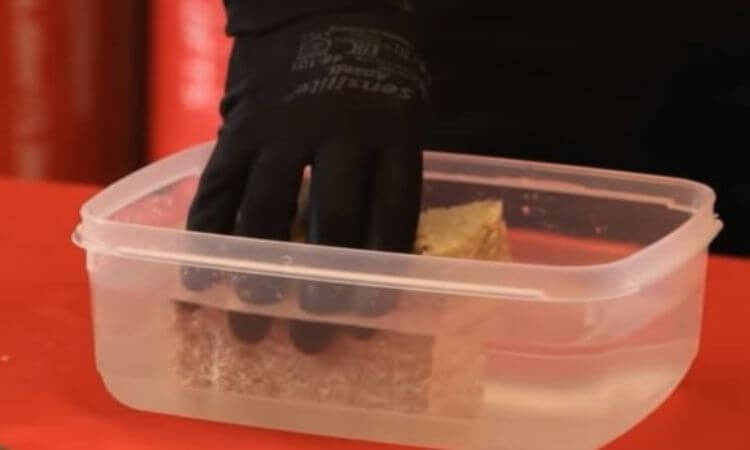
You don’t want your insulation to absorb water. The water absorption rate is the amount of water the material absorbs. So, the lower the water absorption rate, the higher the water repulsion capability.
Now, you may be wondering which one repels water better between Thermafiber and Rockwool.
Thermafiber has a minimum water absorption rate of 0.03%. Rockwool, in contrast, has a water absorption rate of 0.1%.
Both of the products perform really well in water repulsion.
Though Thermafiber has a higher water repulsion capability than Rockwool, the margin is not that significant. You can choose either of them.
Result: Tie
Cost:
Cost is one of the most important factors when it comes to choosing a product.
We’ve analyzed the prices of multiple products for both of the brands. The results are quite surprising.
Can you guess which one is more expensive?
Well, we found that Thermafiber is more cost-effective than Rockwool. If you compare the prices of the two brands for a similar specification, Thermafiber is always cheaper.
However, both brands have their own variety of product lines with different specifications. So, consider your priorities while choosing the right product for your needs.
Winner: Thermafiber
Installation:
Rockwool insulation products are usually a bit more rigid than Thermafiber’s.
So, Rockwool will be easier for insulating your space with a lot of flat surfaces.
On the other hand, Thermafiber will give you more flexibility when it comes to tight corners.
Hence, choosing your insulation product according to your space would be a good idea.
Result: Tie
Recycled Content Percentage:
This section is more about environmental factors. However, we should all be concerned about the environment.
Thermafiber uses up to 75% recycled materials, whereas Rockwool uses only up to 12%.
As you can see, Thermafiber is by far the better option than Rockwool.
Winner: Thermafiber
Final Result
As you’ve already guessed from the above discussion, Thermafiber performs better than Rockwool.
Thermafiber performs better in sound insulation & water repulsion. It’s more nature friendly and less expensive than Rockwool as well.
However, Rockwool has a more dense product in its product line. Hence, Rockwool will serve you better if you’re looking for heavier insulation products. But, we know that every individual is unique and has different priorities.
Frequently Asked Questions (FAQs)
Is Mineral Wool Good For Soundproofing?
Is Mineral Wool Good For Thermal Insulation?
What Factors Should I Consider For Mineral Wool Insulation?
Final Thoughts
We hope we could clear your doubts on Thermafiber vs Rockwool.
Insulating your space is expensive and troublesome. So, before you make the final decision, think carefully and find out what your main priorities are.
Rockwool has denser products that are easy to install on flat surfaces. On the other hand, Thermafiber is cheaper and has the least carbon footprint. In addition, it’s easier to install in tight corners.
So, choose yours according to your needs and preferences.
Do share this resource with your friends if you’ve found it useful.

